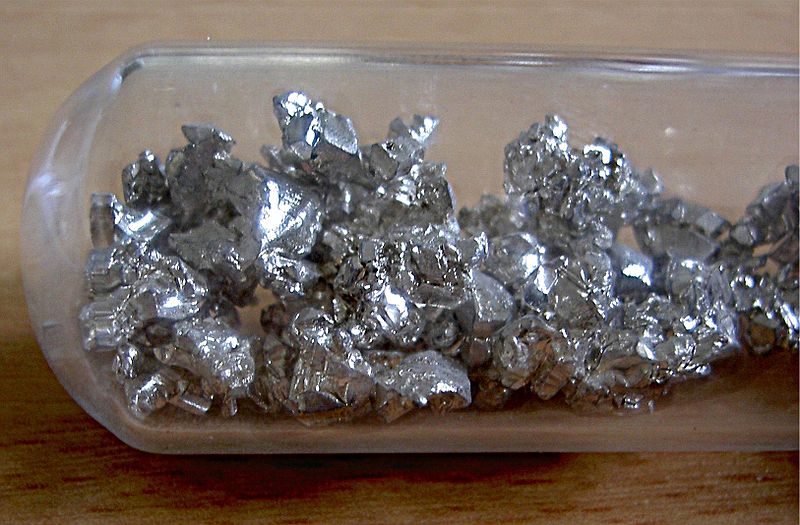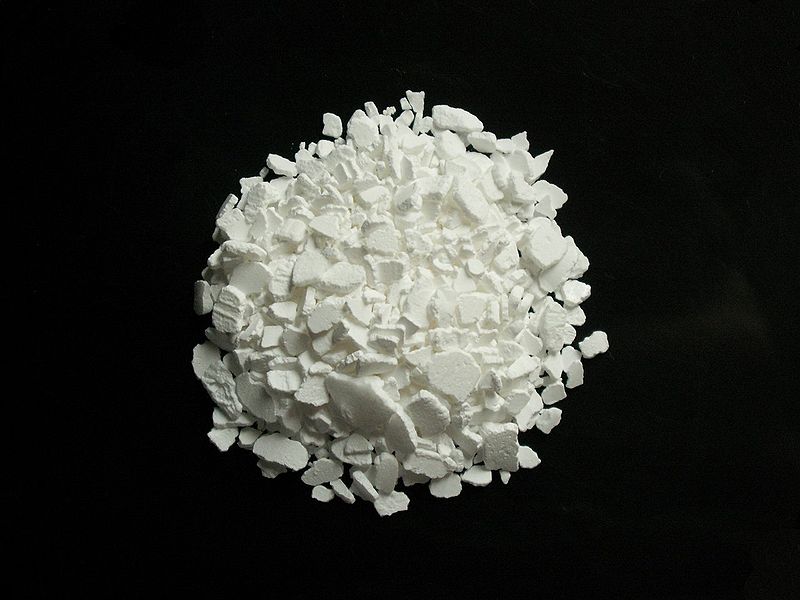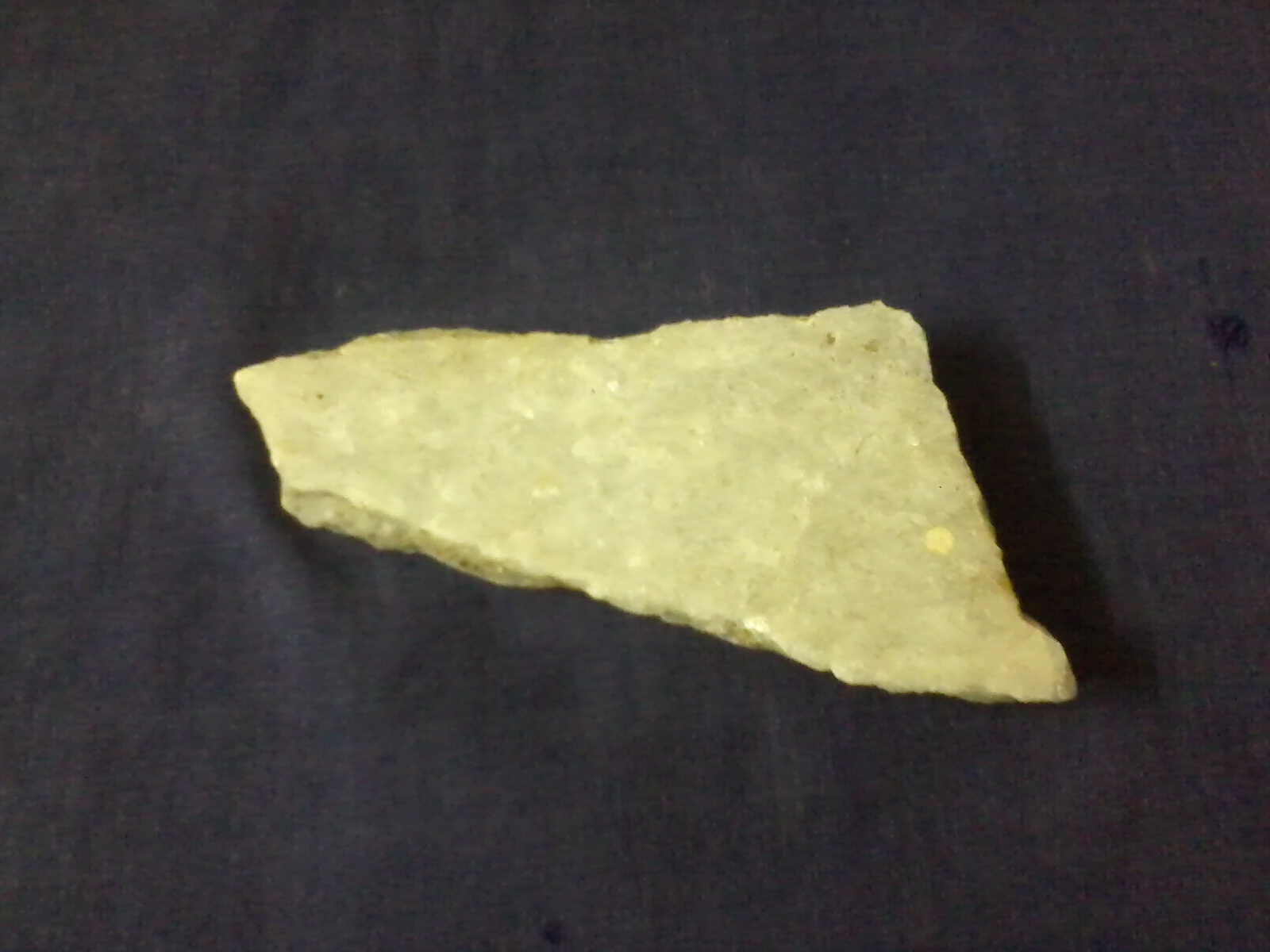


| Symbol: | Ca |
| Melting point: | 842'C |
| Electron configuration: | [Ar]4s2 |
| Atomic number: | 20 |
| Atomic mass: | 40.078±0.004u |




| Ore | Common Name | Formula |
|---|---|---|
| Phosphate | Apatite | Ca5[F,Cl[PO4]3 |
| Carbonate | Calcite | CaCO3 |
| Aragonite | CaCO3 | |
| Dolomite | CaMg(CO3)2 | |
| Gaylussite | Na2Ca(CO3)2,5H2O | |
| Sulphate | Anhydrite | CaSO4 |
| Gypsum | CaSO4,2H2O | |
| Glauberite | Na2Ca[SO4]2 | |
| Borate | Ulextite | NaCaB5O9,8H2O |
Calcium is silvery white metal. It is softer than most metal. Its density is very low. It sublimates at 800'C in vacuum. Calcium is malleable and ductile. It is good conductor of heat and electricity. It possesses fair amount of tensile strength. Calcium carbonate is used as the raw material for production of lime and cement. Calcium is a strong reducing agent. It is used as reducing agent for production of some non-metallic elements. Calcium also forms amalgam with mercury. Calcium is the third most abundant element found in the earth crust. It does not occur in the free state. The economic minerals of calcium are mainly carbonates and sulphates. But calcium is also found in the rock forming minerals like feldspar, pyroxene, amphibole, garnet and scapolite. Calcium is increasingly used as an alloying element. It has increasing applications in metallurgical and chemical industries. Calcium carbonate is used as quick lime after proper firing. Along with magnesium carbonate it is used as flux in iron, manganese and chromium extraction.
Calcium is produced by electrolysis of molten calcium chloride and calcium fluoride. The mixture is melted in a steel cell with graphite lining. The graphite acts as anode.
The cathode is a water cooled iron tube. The iron tube may be moved upward and downward. When the electrolysis is carried out, calcium is deposited on the cathode point.
The metal is separated from the cathode at regular interval. This is done to avoid contamination of calcium with chlorine gas. The chloride used may be clean and free from basic salts.
The metal produced should be removed as soon as possible to avoid contamination. The chlorine gas evolved may be removed through an opening. So, that the violent nature of chlorine gas
is controlled.